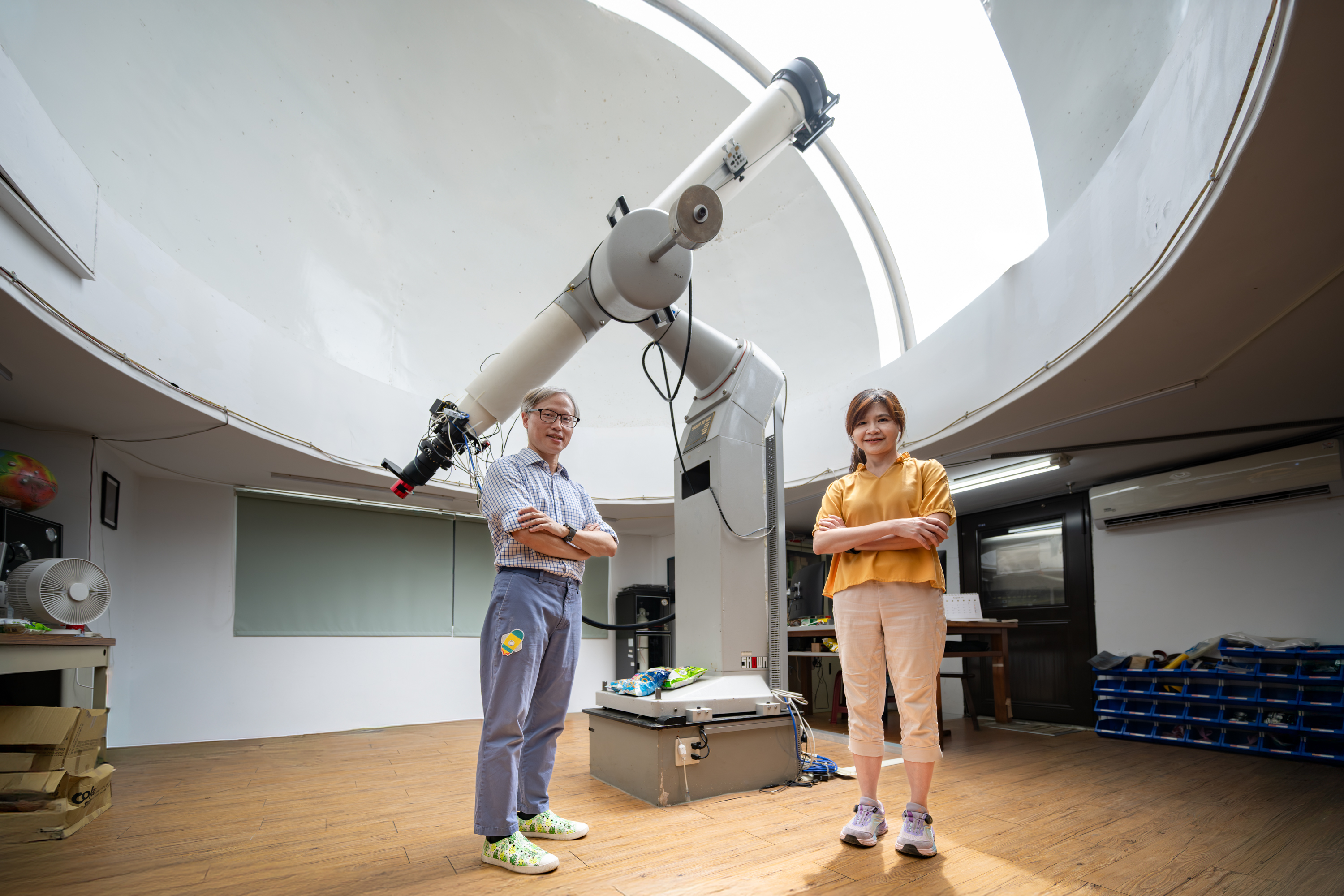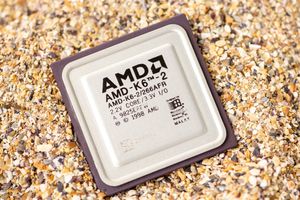HSINCHU, Taiwan, Oct. 07, 2025 (GLOBE NEWSWIRE) -- At the Institute of Astronomy, National Tsing Hua University (NTHU), Taiwan, Professor Albert Kong led an international research team that identified NGC 6099 HLX-1 as a strong candidate for an intermediate-mass black hole—an important missing link in the black hole family.
The team first noticed the object when it suddenly flared up—a rare phenomenon consistent with a tidal disruption event.
Rare Intermediate-Mass Black Holes
Intermediate-mass black holes are rare cosmic objects, with masses ranging from a few hundred to tens of thousands of times that of the Sun.
Unlike their giant relatives—supermassive black holes, which flare up as they devour the surrounding gas and stars—these elusive black holes are typically invisible, revealing themselves only during such tidal disruption events.
Key Evidence Supporting the Study
One strong candidate for designation as an intermediate-mass black hole, NGC 6099 HLX-1, flared in 2012, emitting X-rays heated to about 3 million degrees Celsius, consistent with a tidal disruption event.
High-resolution Hubble Space Telescope images revealed a compact star cluster around the black hole, providing a potential reservoir of fuel. HLX-1 was discovered in X-ray observations, together with a point-like optical counterpart.
From the evidence of simulation and observation, the relatively blue emission might have come from the X-ray reprocessing in the accretion material. The red emission might have come from the surrounding stellar population.
Through multi-wavelength observations, the team conducted a comprehensive survey to characterize the black hole's environment and identified NGC 6099 HLX-1 as a candidate for an intermediate-mass black hole.
An Unexpected Discovery
"The finding was truly unexpected. This X-ray source had been known for years, yet its unique characteristics were overlooked," said Professor Kong.
HLX-1 was first detected in 2009 by the Chandra X-ray Observatory in the halo of the elliptical galaxy NGC 6099, about 450 million light-years away. In 2012, the object suddenly brightened a hundredfold, drawing the team’s attention and prompting further observations that confirmed it as a strong candidate for an intermediate-mass black hole.
First author Yi-Chi Chang added, "Supermassive black holes are often observed as bright galactic centers when they feed on surrounding gas and matter, whereas intermediate-mass black holes do not have sufficient material to generate powerful radiation."
She emphasized that the extremely bright X-ray sources are rare and can play a key role in identifying these elusive black holes. These are crucial in uncovering the missing link between stellar-mass and supermassive black holes.
Looking Ahead
These discoveries mark an important milestone in black hole research. The team will continue to monitor HLX-1 with X-ray and optical/UV telescopes, searching for the possibility of new candidates to expand the elusive family of intermediate-mass black holes.
The upcoming Vera C. Rubin Observatory in Chile, with its all-sky survey, enables the detection of optical light transients such as tidal disruption events by tracking their changing brightness.
Future X-ray observations will reveal how HLX-1 consumes gas, while optical and UV observations will help map its surrounding stars and environment.
International Collaboration
The research was led by Professor Albert Kong of NTHU, in collaboration with teams from the Italian National Institute for Astrophysics (Italy), Swinburne University of Technology (Australia), Université Paris Cité (France), and the Center for Astrophysics—Harvard-Smithsonian (USA). The findings were published in The Astrophysical Journal and featured on NASA’s official website.
For video resources from NASA related to this discovery, visit NASA Science website
Contact:
Yi-Yeh Chen
NTHU
(886)3-5162006
yiyeh@mx.nthu.edu.tw

Professor Albert Kong and PhD student Yi-Chi Chang from the Institute of Astronomy at National Tsing Hua University (NTHU) reported evidence related to an intermediate-mass black hole candidate. Their findings were published in The Astrophysical Journal and were featured on NASA’s official website.
(Photo: National Tsing Hua University)
A photo accompanying this announcement is available at https://www.globenewswire.com/NewsRoom/AttachmentNg/00b720f7-93bc-4285-92e8-1eaeb31fd258






